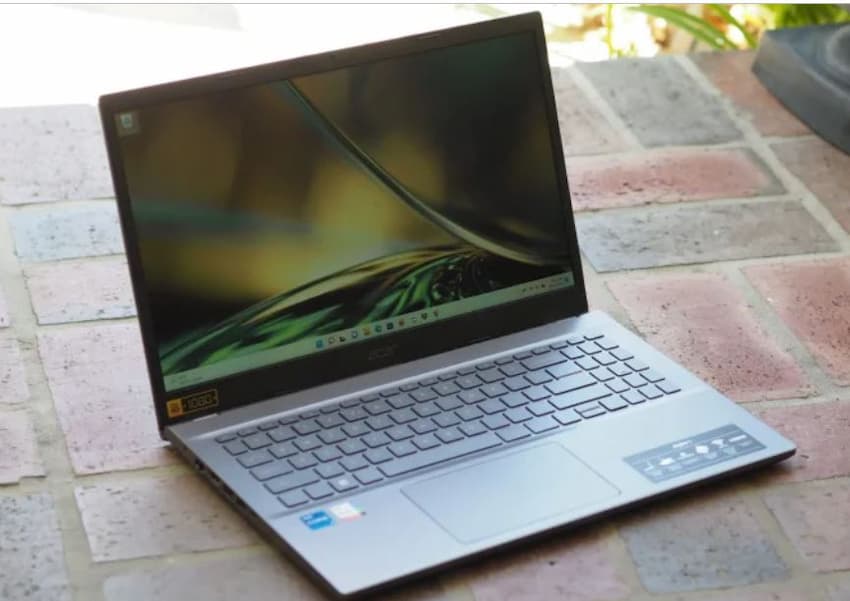The first step on How to choose laptop, after setting your budget, is determining what you need it for.
Most people just need a standard laptop that will perform well and won’t feel outdated within one or two years, and for that, you’ve got plenty of very affordable options available to you.
Those with more specific needs — artists, graphic designers, video editors, and gamers, to name some examples — may need extra features like touchscreens, fold-flat displays, and dedicated graphics cards.
ALSO READ: Best laptops under $500 for 2023
Keep size in mind as well. Laptops commonly range from 13 to 17 inches (which refers to screen size measured diagonally), and also pay attention to overall dimensions and weight if you’re going to be moving and carrying yours around fairly often.
As far as hardware goes, the three basic components to consider are CPU, RAM, and storage.
The CPU, or central processing unit, is the “brain” of any PC. It’s what actually does the computing:
Reading data, running programs (and other processes), and so on.
The two biggest CPU makers are Intel and AMD, and unless you’re on the tightest of budgets, we typically recommend sticking with 10th or 11th generation Intel Core i5 processors, AMD Ryzen 5 processors, and above (Core i7, Ryzen 7, etc.).
If the specific generation of Intel CPU isn’t stated explicitly, it will be indicated in the first two digits of the processor’s model number.
For example, a Core i5-10400 is a 10th-gen model, while the Core i5-11400 is 11th-gen.
RAM, or random access memory, is a bit more straightforward.
In simple terms, if the CPU is your PC’s brain, then RAM could be described as its short-term memory.
It supports your CPU’s performance by storing data and tasks for quick recall when needed.
The more the better. We suggest a minimum of 8GB for good performance by modern standards, and like Core i5 and Ryzen 5 CPUs, you can find this even on cheap laptops — you really aren’t saving much money my skimping on RAM, but you will definitely feel your computer stumbling when under load.
Storage needs are personal to the user, but today, solid-state drives (SSDs) have largely replaced older platter-based hard disk drives (HDDs) owing to their superior read/write speeds and reliability due to lack of moving parts.
However, SSDs are typically smaller (or at least cheaper per gigabyte) than traditional HDDs, which is something to bear in mind if you do need a lot of storage space for things like games or large project files.
We recommend sticking with SSDs as a rule, but some laptops come with a smaller solid-state system drive paired with a larger HDD for overflow, so you’ve got options.
Finally, depending on your needs, a discrete video card may be worth the extra money.
A GPU, or graphics processing unit, is essentially a second processor.
The GPU’s job is to solely to demand graphical tasks like rendering videos and playing 3D video games.
Mobile laptop GPUs are a bit different than their desktop counterparts and Nvidia GeForce cards are by far the most common.
The current-gen models are the 16-series, 20-series, and (less common) 30-series cards.
Avoid the 10-series cards which you can find on some laptops.
They are significantly outdated by today’s standards.
AMD has also rolled out its own line of laptop graphics cards, the 5000M series, as mobile counterparts to its desktop GPUs. These are a fine option as well, especially if you prefer AMD hardware.
Culled from Digitaltrends
Found this interesting? Share!


























 and then
and then